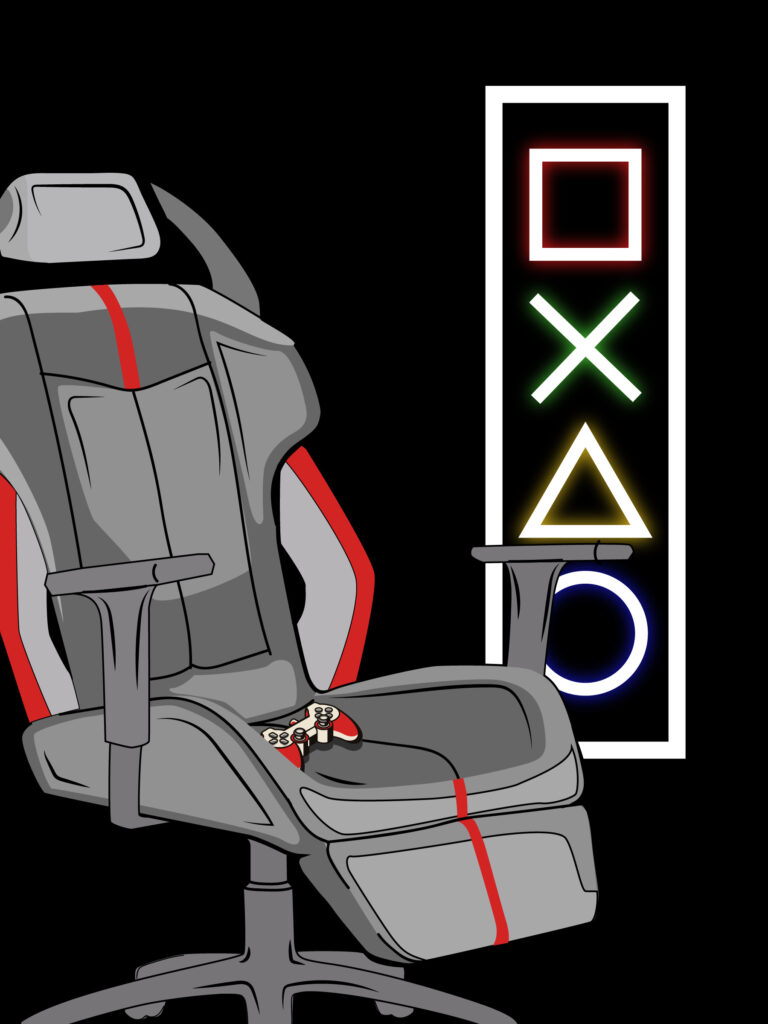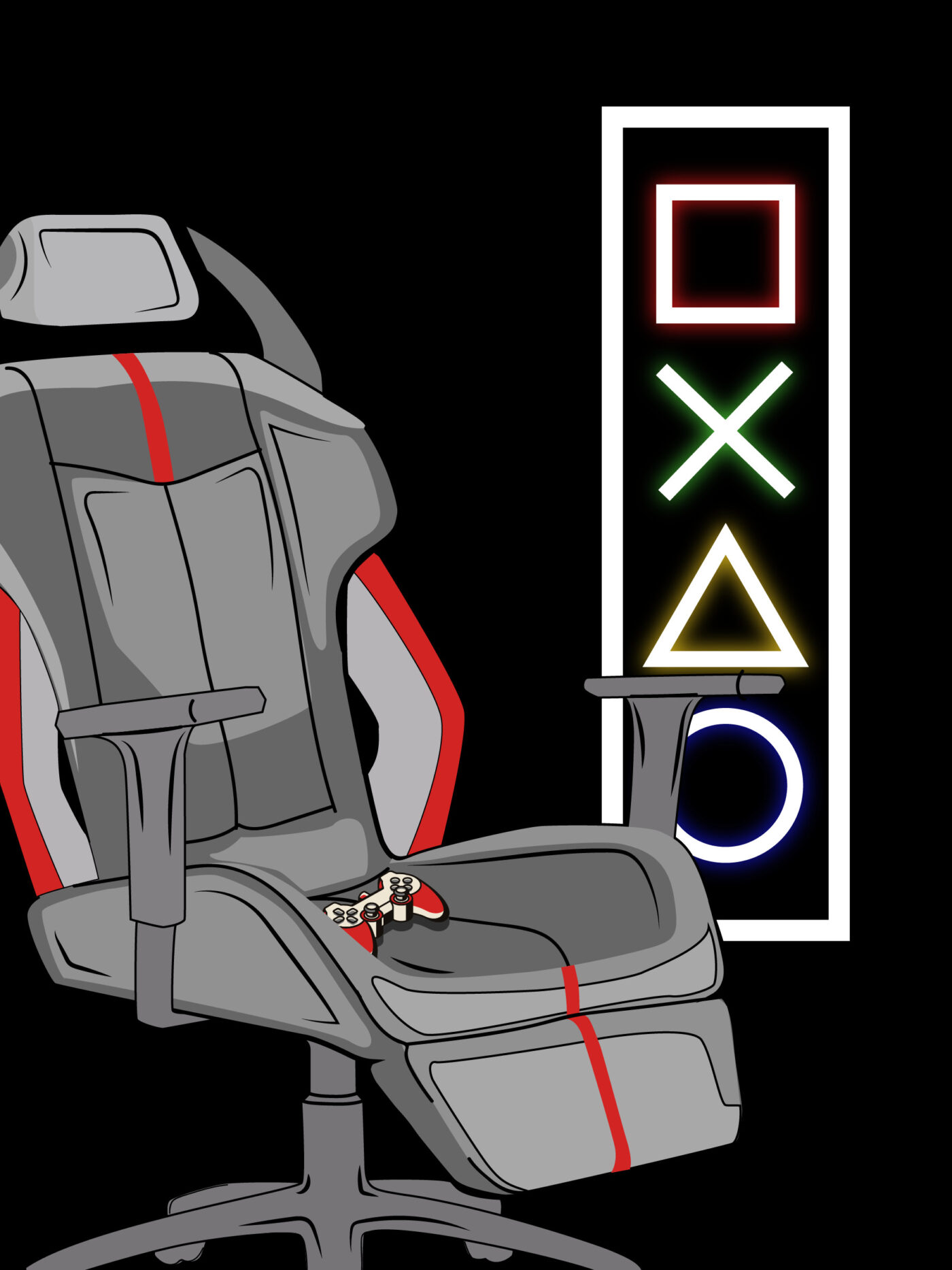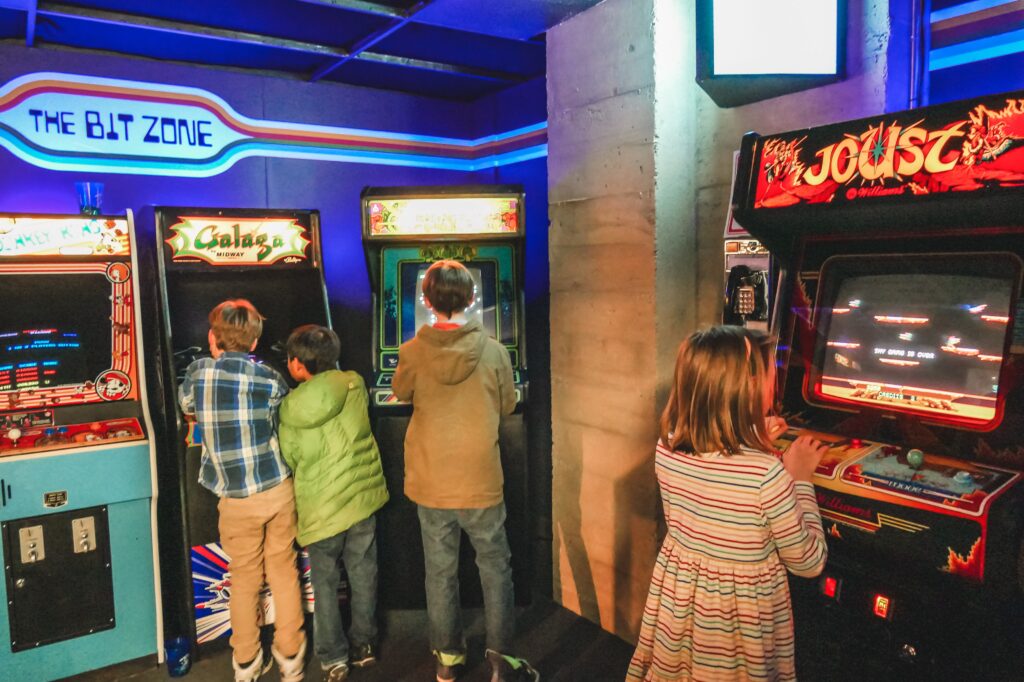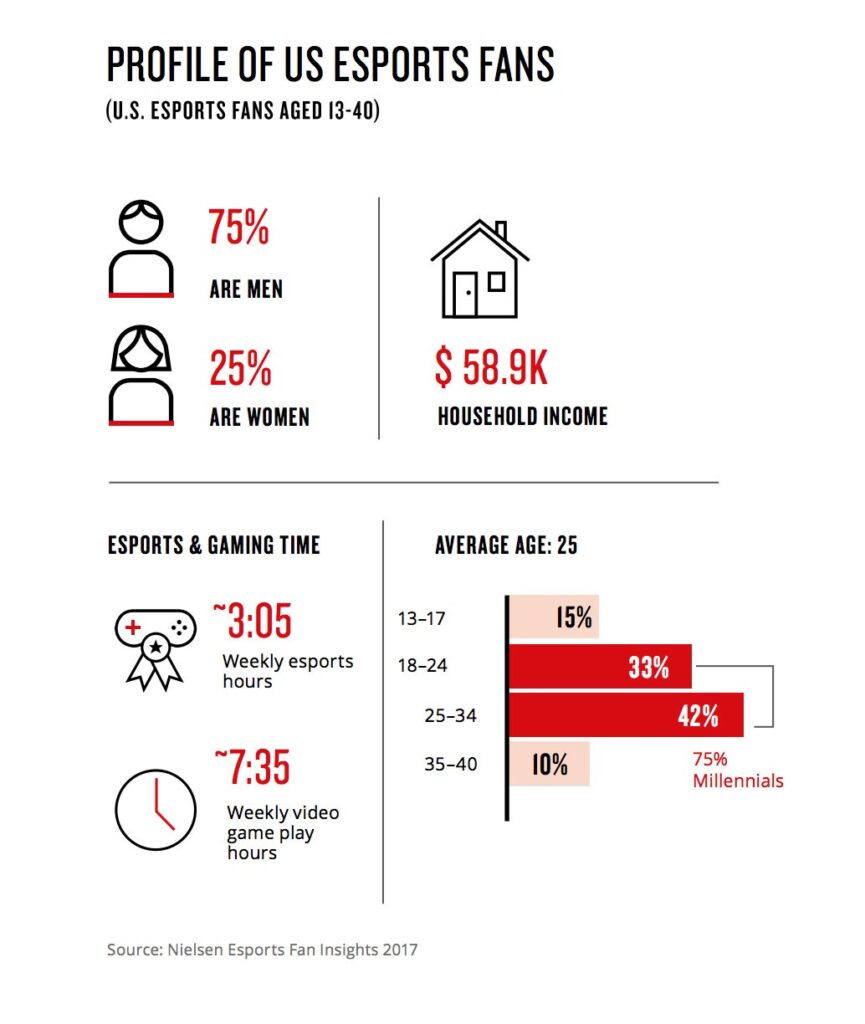
From Candy Crush to Clash of Clans, from Brain Age to Super Mario Bros, from Minecraft to Valorant, it is safe to say that Digital Games have become a small part of our everyday lives. Whether it is a short period of stress-busting, a fun time with family, an enthralling experience or even a passionate way of earning, gaming has slowly interwoven itself into our culture. It affects mainstream media, entertainment and even education!
From Arcades to Twitch
The 1950s saw the development of the first video game. A straightforward tennis game played between two players; the game was named ‘Tennis for Two’. However, it gained popularity in the 1970s with the emergence of arcade games. In 1978, ‘Space Invaders’ resulted from a faulty program and was one of the primary reasons for the impressive popularity of video games.
These games soon became an addiction, with each player wanting to beat the previous high scores. Pac-Man soon overtook Space Invaders and went to become a popular culture fixture. 1982, however, saw the decline of arcades, with home consoles and PC gaming gaining popularity. Along with this, arcade titles and games’ oversaturation resulted in the waning interest in arcade gaming. Adding on, the moral panic of society post the pinball machine era was also another reason. The pinball machine, invented in 1933, was a game of sheer luck attracting many rebellious teenagers.
After a brief hiatus, arcades regained momentum with games like ‘Street Fighter II’ and’ Dance Dance Revolution’—which gained attention in ‘The Kissing Booth’ movie series. Around the same time, the gaming industry also upgraded to a new level with Nintendos’ introduction. The Nintendo Entertainment System (NES) was also credited for including multiple accessories to the console and enhancing the gaming experience. The NES was the gateway to many other gaming consoles. ‘The Mario Bros’ game series was best suited for ‘The Super Nintendo Entertainment System’ and together, they created the most iconic gaming experience.
With Sony’s Playstations and Nintendo’s constant upgrade, games started to become like movies. With in-depth narratives, graphics and sound effects, video games created a world of their own. 2000 saw Microsoft releasing its consoles with Xbox after long gambling with PC gaming. The introduction of Xbox Live revolutionised multiplayer gaming. The golden ticket to online gaming, Xbox Live was a place where you could reach out to people a world away and trash talk over a game of Halo.
Taking it one step further with Nintendo Wii, today gaming has become more than just sitting on your couch with a console. It has changed the face of mainstream family time. The development of online multiplayer games has slowly overruled traditional board games. Games like Ludo, Scrabble and Chess have been digitalised. Saturday nights, game nights have turned into a worldwide affair.
Multiplayer gaming became an attention grabber for many; audiences around the world welcomed the live-streaming of games. Twitch became the online go-to platform for live-streaming games. Today, it has become the largest platform for gamers and lifestyle casters, with streamers providing the complete package to aspiring gamers—entertainment and inspiration. Gamers are allowed to join communities and are provided with a vast selection of games.
Non-gamers also find this to be a riveting experience. The streamers’ vibrant personality, the running commentary, and the broadcast of various E-Sports have made it a trendy entertainment destination. Twitch has over 140 million viewers, with women contributing 35% of the total audience.
The Portrayal of Gaming Culture in Media
Gaming caught the attention of many teenagers in the 1970s-1990s era and held many phenomena. Whether it be Pong, PacMan, Halo, Call of Duty or Street Fighter, they were quickly labelled as a “pop-culture phenomena.” However, this didn’t mean they escaped controversy. By using digitised graphics and sound and adult themes such as violence, the games became a target of the press and any average parent. They were concerned that their children would get influenced by such behaviour, acting out when things didn’t go their way. Although there exist cases, it’s a rarity rather than the norm.
Even In movies and TV shows, video games are portrayed as harmful. The games shown are usually violent, and the children shown playing them often tend to harness the violence. However, this is not ubiquitous to all media. For example, in animes, video games are displayed as a harmless pass-time rather than violence-inducing schemes. With changing times, Hollywood movies and shows have also seemingly started appropriating video games. One such example is the film ‘Jumanji: Welcome to the Jungle’, in which the main character, Spencer, is shown playing video games that include elements of fighting.
E-Sports
E-Sports are a form of competitive video games. They are multiplayer digital sports competitions, Usually played between professional players, individually or in a team. They, too, come with their share of criticism. While some argue that these are non-traditional sports requiring “careful planning, precise timing, and skilful execution,” others claim that sports involve physical fitness and training. However, a summit held by the International Olympic Committee (IOC) in 2017 concluded that “Competitive ‘esports’ could be considered as a sporting activity, and the players’ involved prepare and train with an intensity which may be comparable to athletes in traditional sports but would require any games used for the Olympics fitting with the rules and regulations of the Olympic movement.”
The earliest known video game event was held in 1972 at Stanford University for the game Spacewar. However, the first competition wasn’t held before 1980—the Space Invaders Championship. Attended by 10,000 participants, it received widespread media attention due to the popularity of Space Invaders at the time. The rise of the internet in the 1990s saw the connection of gamers through the world wide web.
While there are players who, at the age of 16, have managed to win millions of dollars, there are still downfalls to the competitions. Reports of widespread Performance-Enhancing Drugs are widely acknowledged, potential mistreatment of players—concerns about mental health, a proper sleep schedule, and reduced quality of life have been voiced. While gambling on the esports market is illegal, it has led to the creation of a black market and virtual currency, which remains unregulated.
Despite these negatives, E-sports have flourished. By the end of 2019, the total revenue E-sports generated was approximately $1.1 billion. In 2018, the number of investments in esports increased to 68%. Moreover, e-sports attracts over 1 billion watchers, 60% of whom are aged 16 to 24.
Gaming as a Profession
Gaming has created a vast community, and this community has categorised its people into various groups. ‘Gamers’ (simply, the people who play games) have been classified as female gamers, gaymers (from the LGBTQ community), professional gamers and retrogamers (those who collect retro games). The hierarchy based on dedication starts from newbie, casual gamer, core gamer leading up to hardcore. Gamers also include people who play board games.
Gamers are said to have the same mental toughness as Olympic Athletes. The competitive spirit and passionate personality have resulted in gamers turning their hobbies into money-making professions. Typically, they earn through participating in competitions. In some countries, companies sponsor professional gamers or teams earning up to 100,000USD annually. Another profitable option for gamers is live streaming. These individuals earn money by going live on online platforms like Twitch. Popular gamers bring their fan base and audiences to watch them play and are often sponsored by companies.
Once viewed as a form of frivolous entertainment and even considered to have induced violent behaviour in teenagers, video games have come a far distance, so much so that today they get featured in respectable media outlets like The New Yorker and The New York Times. The opinions on gaming have slowly evolved; some even consider it a form of art. With 49% of the present adult population having played video games at least once in their lifetime, it is sure to gain more players in the future. Today, video games are seen as a skill-developing sport and are also included as training stimulators in some militaries. Video games have assimilated into pop culture and have slowly become a part of mainstream culture and everyday life.
Written by Kaavya Azad and Archana S for MTTN
Edited by Anika Shukla for MTTN
Featured Image by Chirag Bansal for MTTN
Image Sources: medium.com, Nielsen ESports Fan Insights 2017



Leave a Reply
You must be logged in to post a comment.